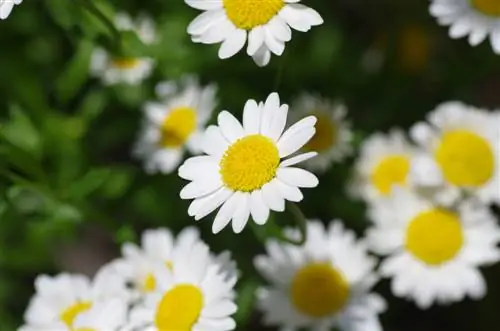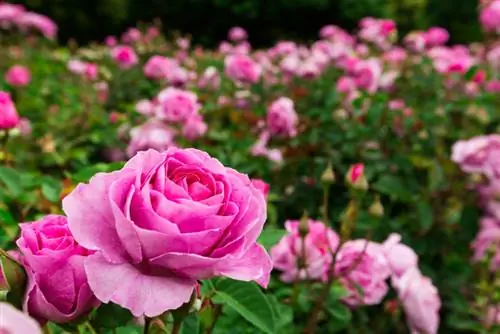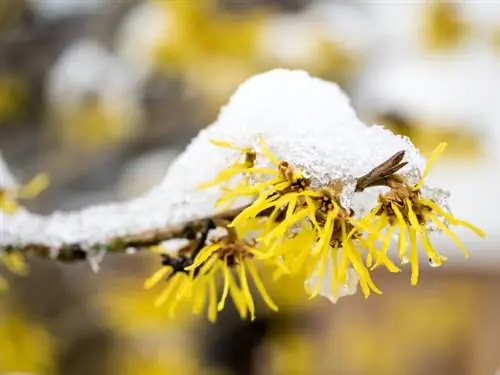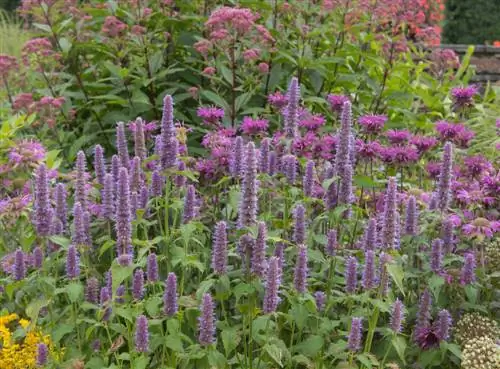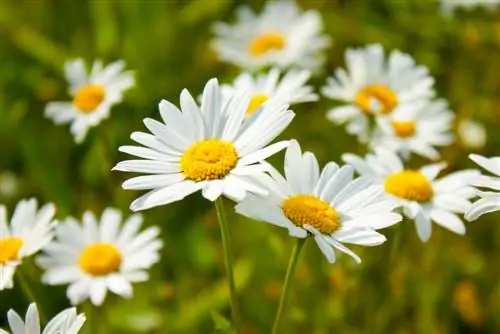- Author admin [email protected].
- Public 2023-12-16 16:46.
- Last modified 2025-01-23 11:21.
Among the numerous Bellis species from the Mediterranean region, the common daisy (Bellis perennis) has made it to Central and Northern Europe. Wherever there are striking daisies, they accompany us through the beautiful season with their white-yellow ray flowers. This guide provides you with useful information about the flowering period.
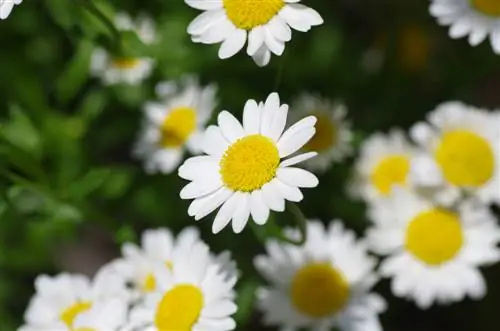
When is the flowering time of Bellis perennis?
The main flowering period of Bellis perennis, also known as daisies, is between March and October for wild species and from March to June for cultivated varieties. In wine-growing regions with mild winters, the flowering period can even last until November.
The main flowering time is from March to October
Behind the delicate shape of wild daisies lies a robust constitution that gives us a never-ending period of bloom. Bellis perennis has learned to withstand frosty temperatures. As a result, the small perennial puts on its flower dress long before its Mediterranean counterparts. The following overview summarizes when you can enjoy the charming flower heads:
- Primary flowering period of the wild species: March to October
- Main flowering time for breeding varieties: March to June
- Mild winter wine-growing regions: January to November
Since various regions have been completely spared from frost due to global warming, the white-yellow ray flowers can be admired all year round. This applies to wine-growing areas or along the Lower Rhine as well as in gardens with a protected microclimate.
Location quality influences flowering time
Daisies are sun worshipers. If you assign Maßliebchen a location in full sun to shade, the flowering period in practice fulfills what the theory promises. In shady locations with heavy, wet clay soil, Bellis only manage to have a sparse and shortened flowering period.
Cleaning extends the blooms - here's how it works
If you prefer undemanding flowers in your creative garden design, you can't ignore the easy-care Bellis perennis. Strictly speaking, you can leave daisies in the bed to fend for themselves. Mother Nature takes over watering with summer rain. Fertilizer is unnecessary anyway.
So that daisies live up to their name, withered flowers should be removed regularly. If cleaning out individual flower remains is too time-consuming for you, cut the mini-perennials back immediately after the main flowering period in order to get a pretty re-bloom from them.
Tip
Bellis perennis uses a clever survival strategy to survive in the Central European climate. The flowering beauty thrives as a two-year-old, hardy mini-perennial. This characteristic means that it survives the first winter as a green rosette of leaves, blooms persistently in the second year and then dies. Previously, the brilliant survivor had multiplied numerous times by self-seeding.

